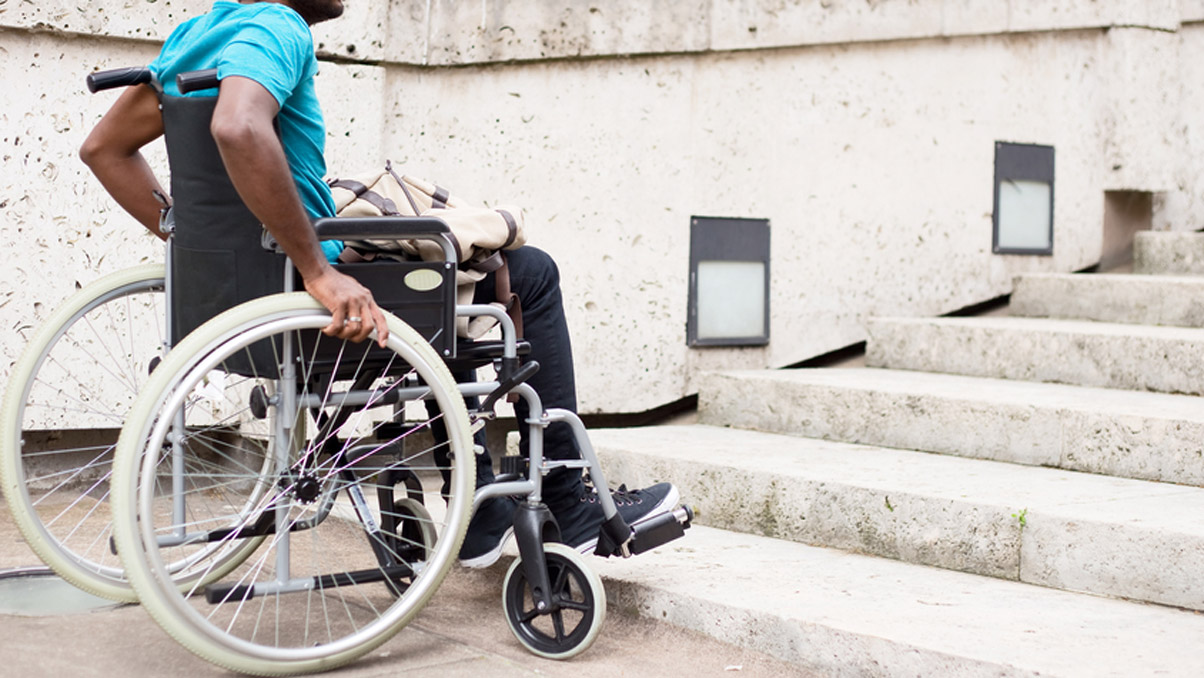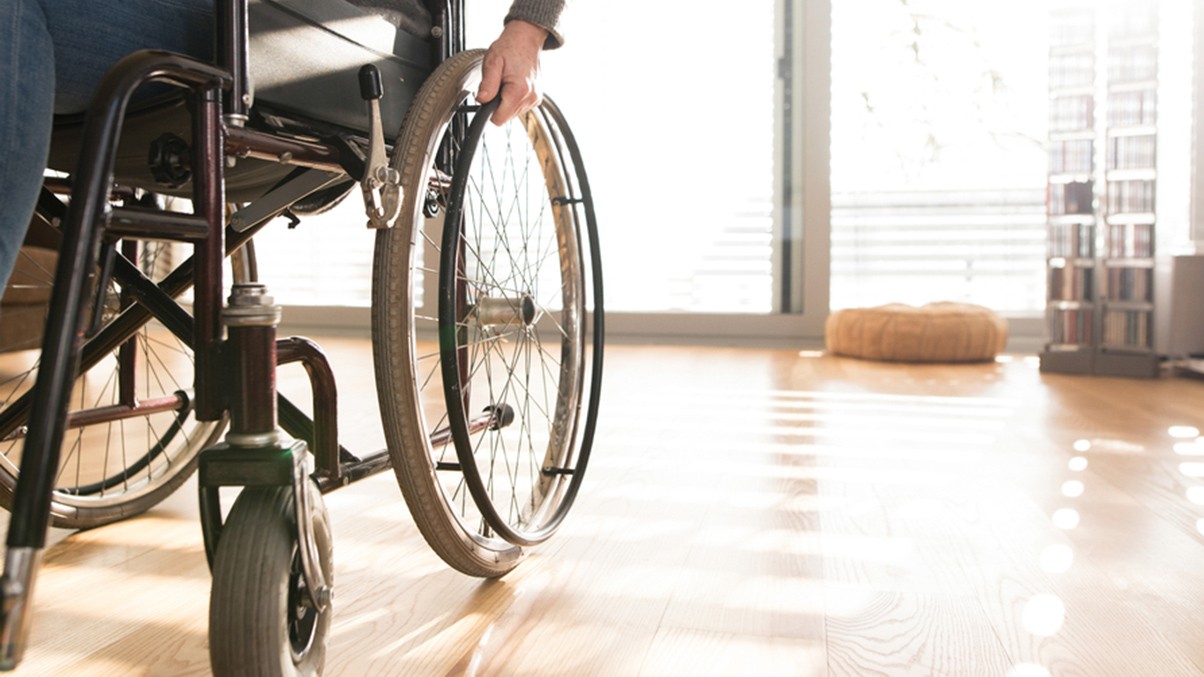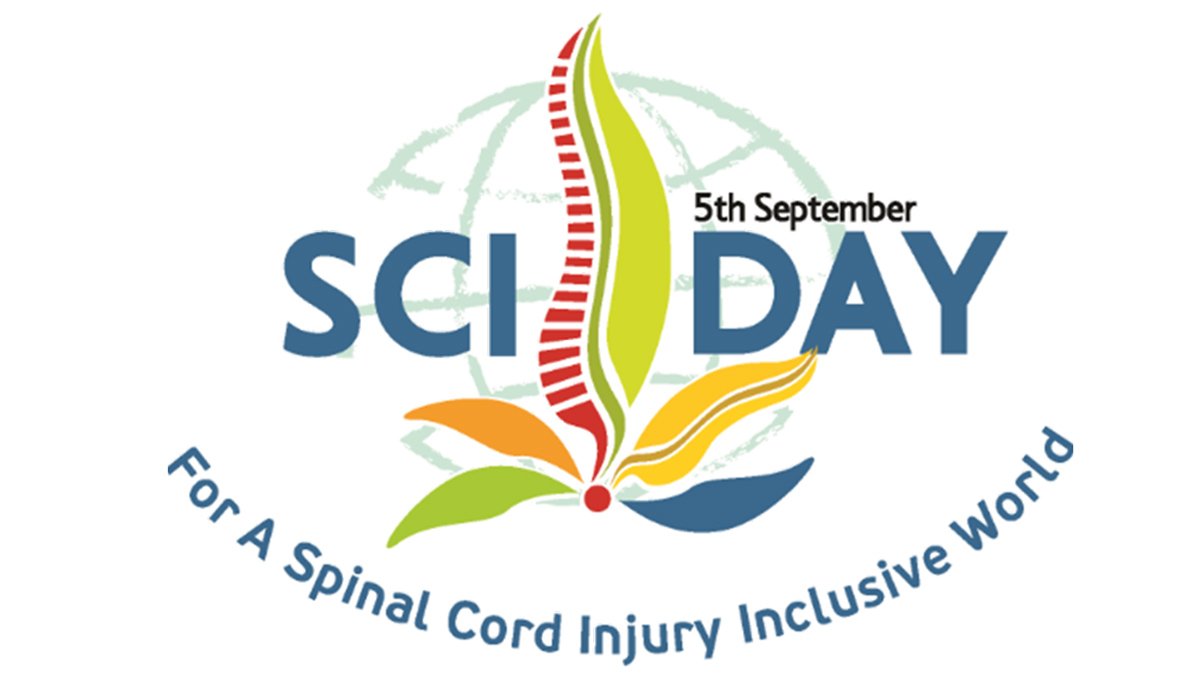The Disability Inclusion Committee at Stewarts is running a number of initiatives to mark Disability History Month (18 November to 18 December) and raise awareness. One of these is this interview with Head of Stewarts’ Personal Injury department, Paul Paxton, who shares some of his experience and insights.
Disability History Month 2020 is an opportunity to shine a spotlight on the struggle for equality and human rights by those with disabilities. Disability, in all its forms, affects more people than you might think (around one in five of the population).
In the UK, the rights of disabled people first became protected by law by the Chronically Sick and Disabled Persons Act 1970. The 1995 Disability Discrimination Act, (as amended), was widely recognised internationally as an exemplar of good and effective anti-discrimination legislation. We currently have the Equality Act 2010, which pulls together all strands of anti-discrimination legislation, whether this is on the basis of age, sex, sexual orientation, gender, marriage or civil partnership, race, religion or belief or disability.
Paul, what has been the biggest change in personal injury litigation since you started your career?
In my view, the biggest change to the personal injury landscape has been the discount rate, or more particularly the more forensic use of multipliers. When I first came to the law, it appeared that science was not applied at all. Multipliers never exceeded the low-twenties even in child injury cases. Bear in mind that the first edition of the Ogden Tables was only published in 1984 and there was certainly a lag before comprehensive judicial uptake. If one looks at the highest reported settlements in the 1990s, these were relatively low and rarely in excess of £3million. Today of course they exceed £25million.
Changes to the court’s rules have made the litigation process far more transparent, quicker, and in my view, more professional. Years back, one would arrive at court not having served even witness statements. That led to a number of surprises in the witness box, not all of which were favourable!
How have developments in technology, aids and equipment made a difference?
In relation to life expectancy, there have been significant changes. I would say that it is primarily because people with significant disabilities (such as spinal cord injuries) are living longer. We have also seen an increase in the market for aids and equipment. More manufacturers and companies have been coming into the market, and this has led to an increase in choice. If you just look at the wheelchair market as an example, there is a vast choice and a wide bracket of cost. Another huge area of growth has been with prosthetics. The interest here probably started following conflicts, when there were more survivable amputation injuries through war.
Developments in technology generally have also benefitted disabled people, and two of the most key items (for me as well!) are probably the mobile phone and tablet computer.
How do you think social attitudes towards people with disabilities have changed over the last 20 years?
This month marks 25 years since the passing of the Disability Discrimination Act. The BBC is to mark the occasion with a series of dramas, documentaries, news packages and discussions see here. Since this legislation, I think we have seen an evolution in society’s attitude towards what disabled people can do and even an evolution in what a disabled person considers that they can do themselves. This is probably most clearly gauged in the UK by the 2012 Paralympic Games.
In terms of personal injury, the principle of compensation has always been to put the claimant back into the position that they were before the injury, so far as possible. While this is an impossible task, and no amount of money can ever get back what an injured person has lost, there are certain areas where this principle is more achievable today. Travel and hobbies are a clear example of this. If a person with a disability wants to sail then nowadays, there are ways of making this possible. There has even been a change in judicial approach as the courts have come to realise that someone with a disability should be able to sail if this is what they want to do. Twenty years ago, this would not have been an option because the facilities just did not exist.
Would you agree that newly disabled people are far more empowered in terms of their future than they were 20 years ago and why would you say this is the case?
In my experience, every newly disabled person has their own way of dealing with the trauma of their injury. There is a lot of grieving to be done, which is a personal thing and is different for everyone. Having said that, it is clear that recently injured people are better supported, better funded and have access to better rehabilitation facilities (even within the NHS), so on balance they probably are more empowered. I believe there are studies which suggest people with spinal cord injuries who are treated within a specialist rehabilitation centre have better outcomes compared to those who are not.
What one thing would you change to help improve the lives of disabled people in the future?
The percentage of people with disabilities who are working is still very low, around 53%. Research by the TUC has recently revealed that the disability pay gap in the UK is around 20%. Having said that more disabled people are working, and the law has been helpful in terms of getting employers to make reasonable adjustments, recognise part-time work and, most recently due to Covid-19, see the value of working from home.
Do you have any other observations you would like to make about how personal injury litigation is different now to how it used to be?
Beyond the rule changes which I have referenced earlier, there has been a change in the type and/or nature of injury claims. One should not underestimate the value of European based legislation for claims at work (the Six Pack). This led to a significant reduction in the construction industry for deaths at work and the days when workers regularly lost fingers in machines reduced too. The increasing use of technology has further reduced claims arising on the production line.
Motor vehicles are now far safer than they’ve ever been; air bags, automatic braking, lane steering, have all assisted. The use of a safety belt has perhaps been the most significant factor in injury and death reduction on the road.
The future of safety on the road is an interesting one with technology certain to bring further improvements in safety but also challenges. As I said to my 91-year-old mother, who has never driven: “Your first car might be an automated one.”
You can find further information regarding our expertise, experience and team on our Personal Injury pages
If you require assistance from our team, please contact us or alternatively request a call back from one of our lawyers by submitting this form.
Subscribe – In order to receive our news straight to your inbox, subscribe here. Our newsletters are sent no more than once a month.







